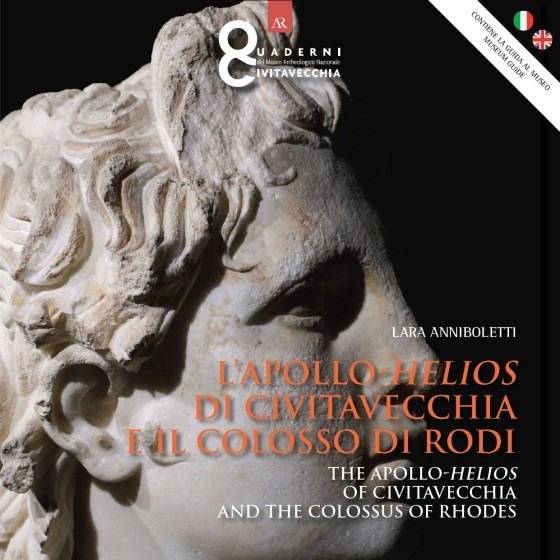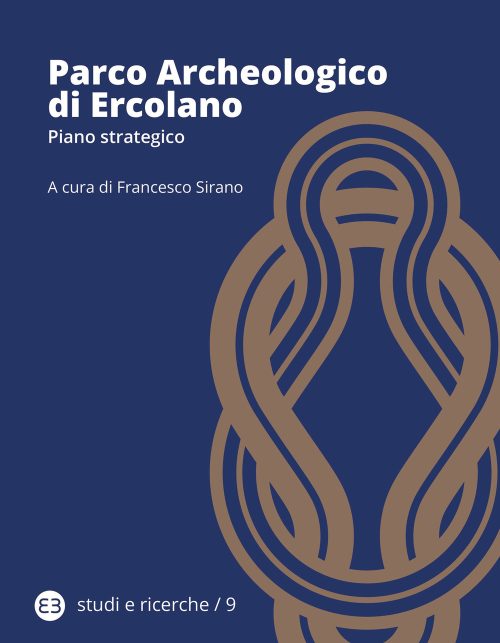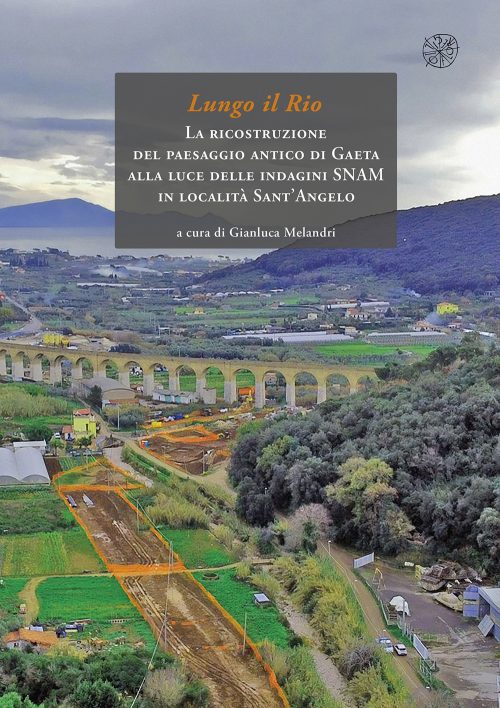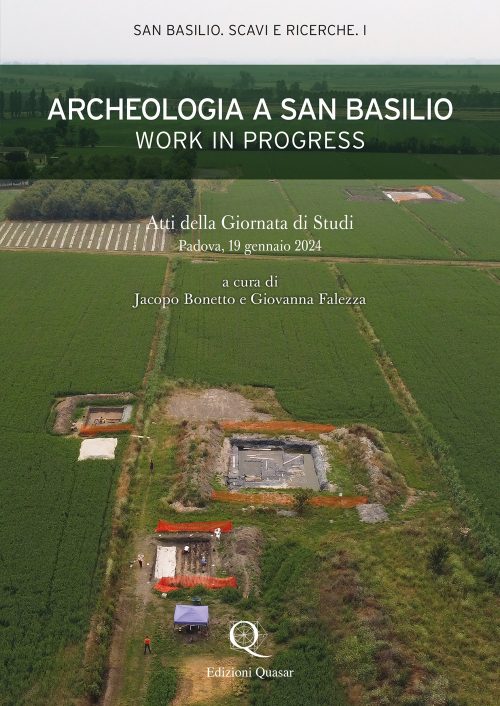Apollo-Helios di Civitavecchia e il colosso di Rodi = the Apollo-Helios of Civitavecchia and the colossus of Rhodes
Apollo-Helios di Civitavecchia e il colosso di Rodi = the Apollo-Helios of Civitavecchia and the colossus of Rhodes
The Colossus, one of the Seven Wonders of the ancient world, is one of the most well-known works of the early Hellenistic period, and was erected by the people of Rhodes following the terrible siege of 304 BC, which was eventually lifted.
The statue dedicated to the sun-god Helios, who later became merged with Apollo, was commissioned from Chares of Lindos, the pupil of the famous Lysippos, Alexander the Great’s favourite sculptor.
Showing extraordinary skill as a sculptor, Chares succeeded in imbuing his creation with the dynamism and energy of a city that had only just managed to liberate itself from a dire enemy, a city that now held aloft the beacon of victory to the sun.
The Colossus, whose base stood on one of the moles of the port, collapsed after around 60 years, owing to an earthquake. Despite its great fame, this deprived us of its real iconography: no statue is preserved. The most complete surviving copy of the statue was found among the remains of the maritime villa at Santa Marinella, on the coast north of Rome.
The elegance and lightness of this masterpiece of ancient art, held at the National Archaeological Museum of Civitavecchia, convey a deep emotion, then as now. Also on view at the National Archaeological Museum of Civitavecchia is a copy of the Athena Parthenos, a 5th century BC masterpiece by the Athenian artist Phidias A brief guide to the current museum display make this a volume packed with useful information.
- N° scheda: M25001344
- ISBN-13: 9791280731562
- Number Volumes: 1
- Authors: Anniboletti, Lara
- City: Arcidosso
- Publisher: C&P Adver Effigi
- Year: 2025
- Month: April
- Number of pages: 100
- Illustrations: COL
- Dorso: 23 cm
- Larghezza: 23 cm
- Peso: 440 gr
- Country: Italy
- Language: Multilingual
- Condition: New
- Type of publication: Monograph
- Dewey Classifications: Plastic arts Sculpture; Italy & adjacent territories to 476
- Contains: Index



